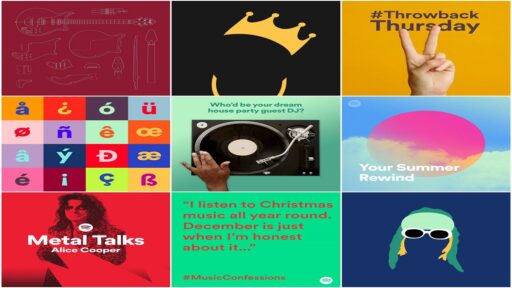One style that has endured and is still influencing the aesthetic landscape in the always-changing field of design is minimalism. “Less is more” has been a prevailing idea in graphic and digital design, impacting everything from user interfaces to branding tactics. Let’s examine how the rise of minimalist design trends has significantly changed how we produce and engage with visual content in the digital era.
The Essence of Minimalism
Fundamentally, minimalism is about eliminating superfluous things and emphasizing what matters most. It prioritizes utility, simplicity, and clarity, forgoing needless decorations in favor of clear lines, lots of white space, and succinct content. Minimalism, which has its roots in the Bauhaus movement and the minimalist ideals promoted by notable designers like Dieter Rams, aims to harmonize form and function while letting the content speak for itself.
Evolution in Design History
Although minimalism has its origins in early 20th-century art and architecture, its impact on graphic and online design became more noticeable in the digital age. As a way to improve user experience and visual coherence, designers started embracing minimalism principles with the introduction of technology that enabled more streamlined interfaces and faster load times.
Impact on Graphic Design
The use of minimalism in graphic design has transformed editorial layout, commercial campaigns, and branding. The concept of minimalist branding has been perfected by companies like Apple and Nike, which use simple logos and minimalist design to exude sophistication and elegance. Additionally, editorial layouts have embraced minimalism, with crisp typography and lots of white space emerging as essential elements of contemporary magazine design. Bold graphics and little text are used in minimalist billboards and posters for advertising to deliver messages that are impactful and effective.
Influence on Web Design
The way we navigate and engage with digital material has changed as a result of the application of minimalist principles in web design. The design of user interfaces (UI) and user experiences (UX) places emphasis on user-friendly navigation, responsive layouts, and uncluttered interfaces that give content precedence over visual clutter. With their straightforward layouts, simple navigation, and subtle design cues that help consumers navigate through their online experiences with ease, websites such as Google and Airbnb are prime examples of minimalist web design.
Benefits and Challenges
Numerous advantages of minimalist design include a better user experience, quicker load times, and stronger brand perception. Minimalist design may strengthen company identification and credibility while boosting user engagement and conversion rates by eliminating unnecessary components and concentrating on what matters most. However, there are drawbacks to minimalist design as well. These include the need to strike the correct balance between utility and simplicity and to avoid sterility or repetition in the execution of the design.
Practical Tips for Implementation
There are a few useful pointers that designers should bear in mind when attempting to apply minimalist ideas to their work. Prioritize the content hierarchy first, and then arrange the material in an understandable and efficient way. Smartly use whitespace to highlight important details and provide breathing room. Select a restrained color scheme and typeface that both enhances the overall design and is readable. Lastly, keep in mind that less is more; avoid the temptation to over-design and allow the content to take center stage.
To sum up, the advent of minimalist design trends has significantly transformed graphic and online design, influencing how we produce and engage with visual material in the digital era. Designers may produce experiences that are not only aesthetically pleasing but also intuitive and user-friendly by embracing simplicity, clarity, and usefulness. For as long as we are navigating the dynamic field of design, minimalism will surely be a foundational element in the creation of visually compelling and enduring experiences.






